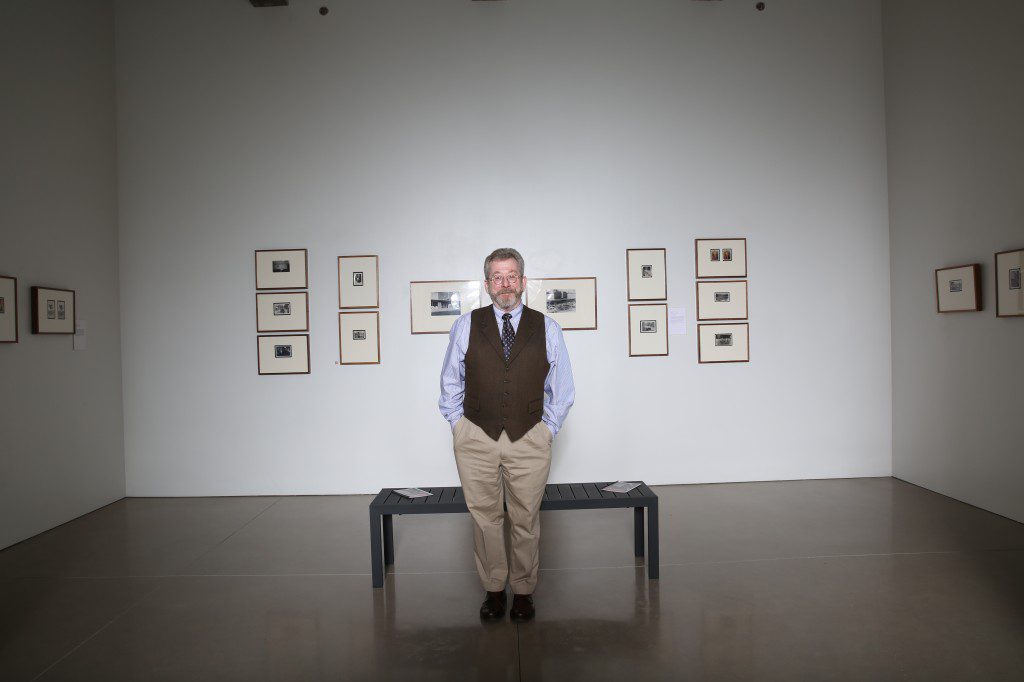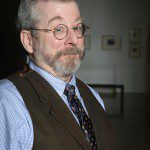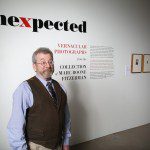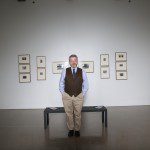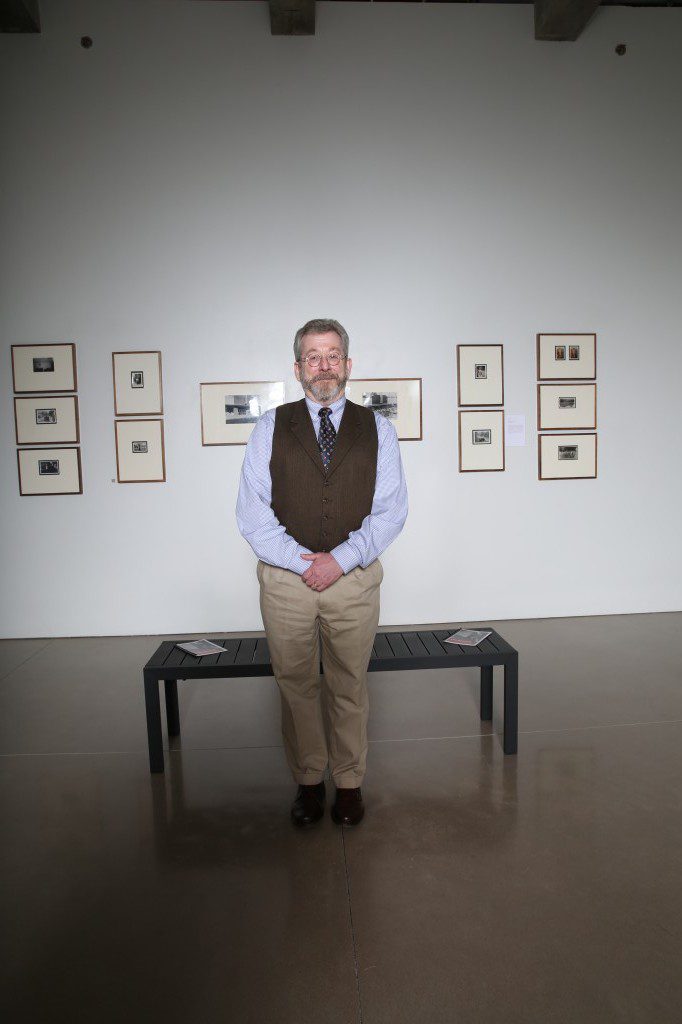
“I bought my very first picture at a shop in Atoka, (Okla.) right before I stopped for fries and a Coke.”
This is where Rabbi Marc Boone Fitzerman’s fascination with old photographs began.
“The dapper young man depicted in the photo has the perfect geometry of a Renaissance prince in an Old Masters painting,” Fitzerman says. “When a photograph reveals some inner world of mathematically perfect forms, I can’t stop looking.”
This trance has culminated in a 40-photograph exhibit called Unexpected, which runs through May 11 at Philbrook Downtown.
This exhibit of “vernacular photography” in some ways explores both the development of popular photography and the forgotten photographs that litter antique malls and flea markets across America.
Fitzerman notes that when “we take a camera in hand, it’s typically to record or memorialize, not to fulfill a grand, self-conscious ambition. Many photographs were taken in this commemorative spirit, including snapshots, vacation Polaroids, industrial and trade images and pictures shot in small-town studios by journeymen photographers.”
Examples of these types of photographs can be viewed in the exhibit. They are material “largely ignored in the official narrative of photography, which has its own heroes and virtuoso performers,” he says.
But vernacular photography – photography of the people, of the average citizen – also has much to bring to the contemplation of the art of photography.
It is not so much the story of the photographs that compels Fitzerman as the matter of discernment, which evokes a series of questions for him: What does the image disclose about the world of the photographer? What was she or he likely trying to communicate? Are there thoughts and emotions that the image triggers?
These questions of artistry and psychology intersect with Fitzerman’s work as the leader of Tulsa’s Congregation B’nai Emunah, a position he has held since 1985. Fitzerman says that he talks about photography a lot at the synagogue because he thinks there is a “natural affinity” between Jews and photography.
“Everyone knows the problem of the Second Commandment: The making of images offends against the standards of the first Israelites,” he says.
However, he adds, “photography is right on the border of ‘making’ and ‘taking.’ For Jews entering the world of Western art in the 20th century, photography was a good fit. It allowed them to participate fully in the fashioning of art and somehow honor the taboo against graven images.”
None of Fitzerman’s own works appear in the exhibit. Instead, Fitzerman says, “People have begun to hand me photographs they think I might find interesting.”
These gifts came with a price, though.
“I used to think it was strange to handle this material, and it made me feel awkward and conflicted,” he says.
Yet, the unique aspect of this exhibit is that the “refuge” he has made for these photographs can be altered.
“If anyone sees a family member in an exhibition or a display, I’d be glad to surrender the picture on the spot,” he says. “Vernacular photographs are lower to the ground, democratic and approachable. I think we love them because they feel close to the bone. Every one of them could be a shot from our own family albums.”






















